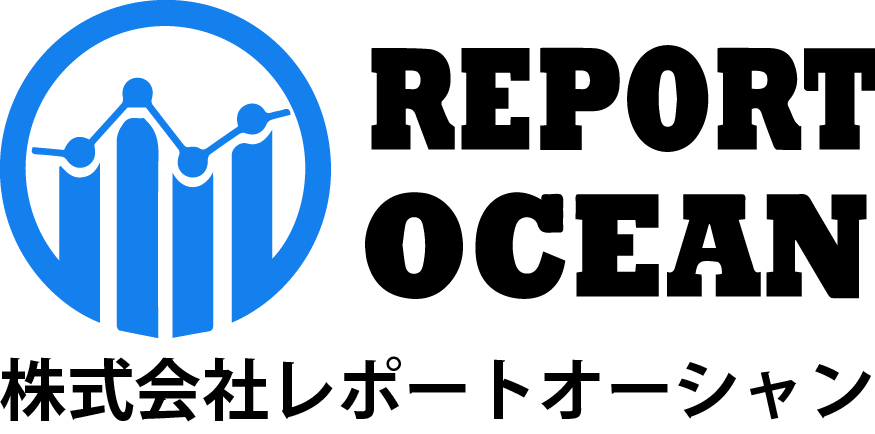日本スキンケア市場規模、シェア、競争環境、動向分析レポート:カテゴリー別(ボディケア、フェイシャルケア、ハンドケア、脱毛剤、メイク落とし、その他)、製品タイプ別(保湿剤、クレンジング剤、日焼け止め、アンチエイジング製品、化粧水、フェイスマスク、その他)、コーホートグループ別(アルファ世代、Z世代、ミレニアル世代、X世代、ベビーブーマー)、性別(男性、女性、男女兼用)、エンドユーザー別(スタッフ、プロフェッショナル)、流通チャネル別(オンライン、オフライン): 2024-2032 年の機会分析と産業予測
レポートID : ROJP0624124 |
最終更新 : 2024年06月 |
フォーマット : ![]() :
: ![]() :
: ![]()
Table of Contents
1. Research Methodology
2. Project Scope & Definitions
3. Impact of Covid-19
4. Executive Summary
5. Voice of Customer
5.1. Demographics (Age/Cohort Analysis – Baby Boomers and GenX, Millennials, Gen Z; Gender; Income – Low, Mid and High; Geography; Nationality; etc.)
5.2. Market Awareness and Product Information
5.3. Brand Awareness and Loyalty
5.4. Factors Considered in Purchase Decision
5.4.1.Brand Name
5.4.2.Pack Size
5.4.3.Price
5.4.4.Customisation Options
5.4.5.Packaging Type
5.4.6.Inclination Towards Organic Products
5.4.7.Promotional Offers & Discounts
5.5. Purpose of Purchase (Personal Use, Gifting)
5.6. Frequency of Purchase
5.7. Medium of Purchase
5.8. Role of Brand Ambassador or Influencer Marketing on Product/Brand Absorption
6. Japan Skin Care Market Outlook, FY2017-FY2031F
6.1. Market Size & Forecast
6.1.1. By Value
6.1.2. By Volume
6.2. By Category
6.2.1.Body Care
6.2.2.Facial Care
6.2.3.Hand Care
6.2.4.Depilatories
6.2.5.Make-up Remover
6.2.6.Others
6.3. By Product Type
6.3.1.Moisturizers
6.3.2.Cleansers
6.3.3.Sunscreens
6.3.4.Anti-Ageing Products
6.3.5.Toners
6.3.6.Face Masks
6.3.7.Others
6.4. By Cohort Group
6.4.1.Gen Alpha (ages less than 10)
6.4.2.Gen Z (ages 11 to 26)
6.4.3.Millennials (ages 27 to 42)
6.4.4.Gen X (ages 43 to 58)
6.4.5.Baby Boomers (ages 59 and above)
6.5. By Gender
6.5.1.Male
6.5.2.Female
6.5.3.Unisex
6.6. By End-user
6.6.1.Personal
6.6.2.Professional
6.7. By Distribution Channel
6.7.1.Online
6.7.2.Offline
6.7.2.1. Supermarkets/Hypermarkets
6.7.2.2. Pharmacy & Drug Stores
6.7.2.3. Specialty Stores
6.7.2.4. Departmental Stores
6.7.2.5. Others
6.8. By Region
6.8.1.North
6.8.2.East
6.8.3.West & Central
6.8.4.South
7. Market Mapping, FY2023
7.1. By Category
7.2. By Product Type
7.3. By Cohort Group
7.4. By Gender
7.5. By End-user
7.6. By Distribution Channel
7.7. By Region
8. Macro Environment and Industry Structure
8.1. Supply Demand Analysis
8.2. Import Export Analysis
8.3. Value Chain Analysis
8.4. PESTEL Analysis
8.4.1.Political Factors
8.4.2.Economic System
8.4.3.Social Implications
8.4.4.Technological Advancements
8.4.5.Environmental Impacts
8.4.6.Legal Compliances and Regulatory Policies (Statutory Bodies Included)
8.5. Porter’s Five Forces Analysis
8.5.1.Supplier Power
8.5.2.Buyer Power
8.5.3.Substitution Threat
8.5.4.Threat from New Entrant
8.5.5.Competitive Rivalry
9. Market Dynamics
9.1. Growth Drivers
9.2. Growth Inhibitors (Challenges and Restraints)
10. Key Players Landscape
10.1. Competition Matrix of Top Five Market Leaders
10.2. Market Revenue Analysis of Top Five Market Leaders (in %, FY2023)
10.3. Mergers and Acquisitions/Joint Ventures (If Applicable)
10.4. SWOT Analysis (For Five Market Players)
10.5. Patent Analysis (If Applicable)
11. Pricing Analysis
12. Case Studies
13. Key Players Outlook
13.1. Shiseido Co., Ltd.
13.1.1. Company Details
13.1.2. Key Management Personnel
13.1.3. Products & Services
13.1.4. Financials (As reported)
13.1.5. Key Market Focus & Geographical Presence
13.1.6. Recent Developments
13.2. Kao Corporation
13.3. KOSÉ Corporation
13.4. ROHTO Pharmaceutical Co.,Ltd.
13.5. Kanebo Cosmetics Inc.
13.6. The Procter & Gamble Company
13.7. L'Oréal SA
13.8. Beiersdorf AG
13.9. Clue Co., Ltd. (& Be)
13.10. SENSAI Cosmetics Inc.
13.11. Clé de Peau Beauté Co.,Ltd
13.12. Decorté
*Companies mentioned above DO NOT hold any order as per market share and can be changed as per information available during research work
14. Strategic Recommendations
15. About Us & Disclaimer
無料サンプルを入手する ![]()
この無料サンプルには、トレンド分析から推定・予測まで、さまざまなデータが含まれています。
最新レポート
お問い合わせ
-
- JAPAN : 03-6899-2648
-
- EMAIL : [email protected]







